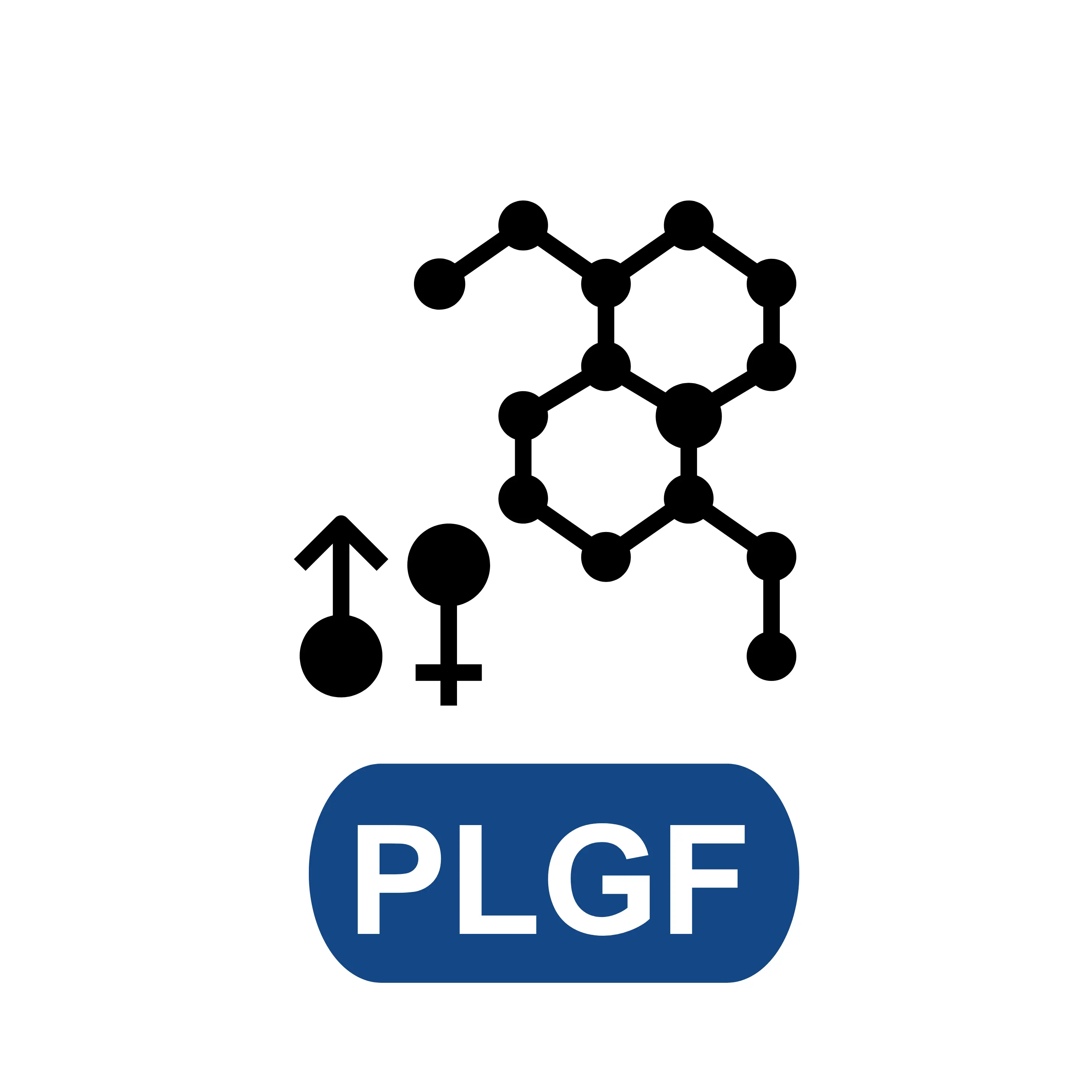The Science behind Anti-RBC Antibody Interactions
Unveiling the Intricate Dance in the Bloodstream
The human immune system is a remarkable and intricate defense mechanism, comprising an army of specialized cells and molecules. Among these, anti-red blood cell (RBC) antibodies play a crucial role in orchestrating the immune response. This passage delves into the science behind the interactions of anti-RBC antibodies, shedding light on the mechanisms that govern their functions in the bloodstream.
Anti-RBC antibodies, also known as alloantibodies, are immune proteins that target red blood cells—the carriers of oxygen throughout the body. These antibodies are a part of the immune system's surveillance mechanism, constantly monitoring the bloodstream for foreign or altered RBCs. While antibodies are typically defenders against invaders like bacteria or viruses, anti-RBC antibodies arise in response to specific differences in blood type or during autoimmune conditions where the immune system mistakenly targets its own red blood cells.
The science behind anti-RBC antibody interactions begins with the process of recognition and binding. Anti-RBC antibodies are highly specific; each antibody is designed to recognize and bind to a particular antigen on the surface of red blood cells. Antigens are molecules that trigger an immune response, and in the context of blood type, they often include ABO and Rh factors.
When an anti-RBC antibody encounters its specific target antigen on a red blood cell, it binds to the cell's surface. This binding initiates a cascade of events that mark the RBC for destruction or removal by the immune system. The precision of these interactions is vital in maintaining a balanced immune response without causing unnecessary harm to healthy cells.
The primary role of anti-RBC antibodies is to act as sentinels, guarding the bloodstream against foreign or incompatible red blood cells. This function is particularly critical in situations like blood transfusions or organ transplants, where the immune system must discern between "self" and "non-self" cells.
In the case of blood transfusions, if the recipient receives blood with incompatible antigens, anti-RBC antibodies can recognize and target these foreign cells. This immune response can lead to a condition known as hemolytic transfusion reaction, where the immune system attacks and destroys the transfused red blood cells. Understanding and managing these interactions is crucial for the success and safety of blood transfusions.
In autoimmune conditions, the science behind anti-RBC antibody interactions takes a different turn. Instead of protecting against foreign invaders, the immune system mistakenly identifies the body's own red blood cells as threats. This misrecognition leads to the production of autoantibodies that target and attack healthy RBCs.
Autoimmune hemolytic anemia is one such condition where anti-RBC antibodies contribute to the destruction of red blood cells within the body. The consequences of this immune response can result in anemia, fatigue, and other complications. Managing autoimmune conditions involving anti-RBC antibodies often involves immune-suppressing medications to mitigate the impact of these antibodies on the body's own cells.
Research and Therapeutic Insights: Advancing our Understanding
Scientific research continues to unravel the complexities of anti-RBC antibody interactions, providing insights into potential therapeutic interventions and diagnostic tools. Researchers explore ways to modulate the immune response, developing strategies to prevent excessive destruction of red blood cells while preserving the immune system's ability to defend against genuine threats.
Understanding the nuances of anti-RBC antibody interactions is crucial not only for treating autoimmune conditions but also for improving the safety and efficacy of medical interventions involving blood products. Ongoing research contributes to the development of targeted therapies that could selectively modulate the immune response, opening new avenues for precision medicine in the field of hematology.
In conclusion, the science behind anti-RBC antibody interactions orchestrates a delicate balancing act in the immune system's symphony. Whether defending against foreign invaders or contributing to autoimmune challenges, anti-RBC antibodies play pivotal roles in maintaining the integrity of the bloodstream. As our understanding deepens, so does the potential for innovative therapies and interventions, offering hope for individuals grappling with conditions influenced by the intricate dance of anti-RBC antibodies in the vast and complex world within.

















